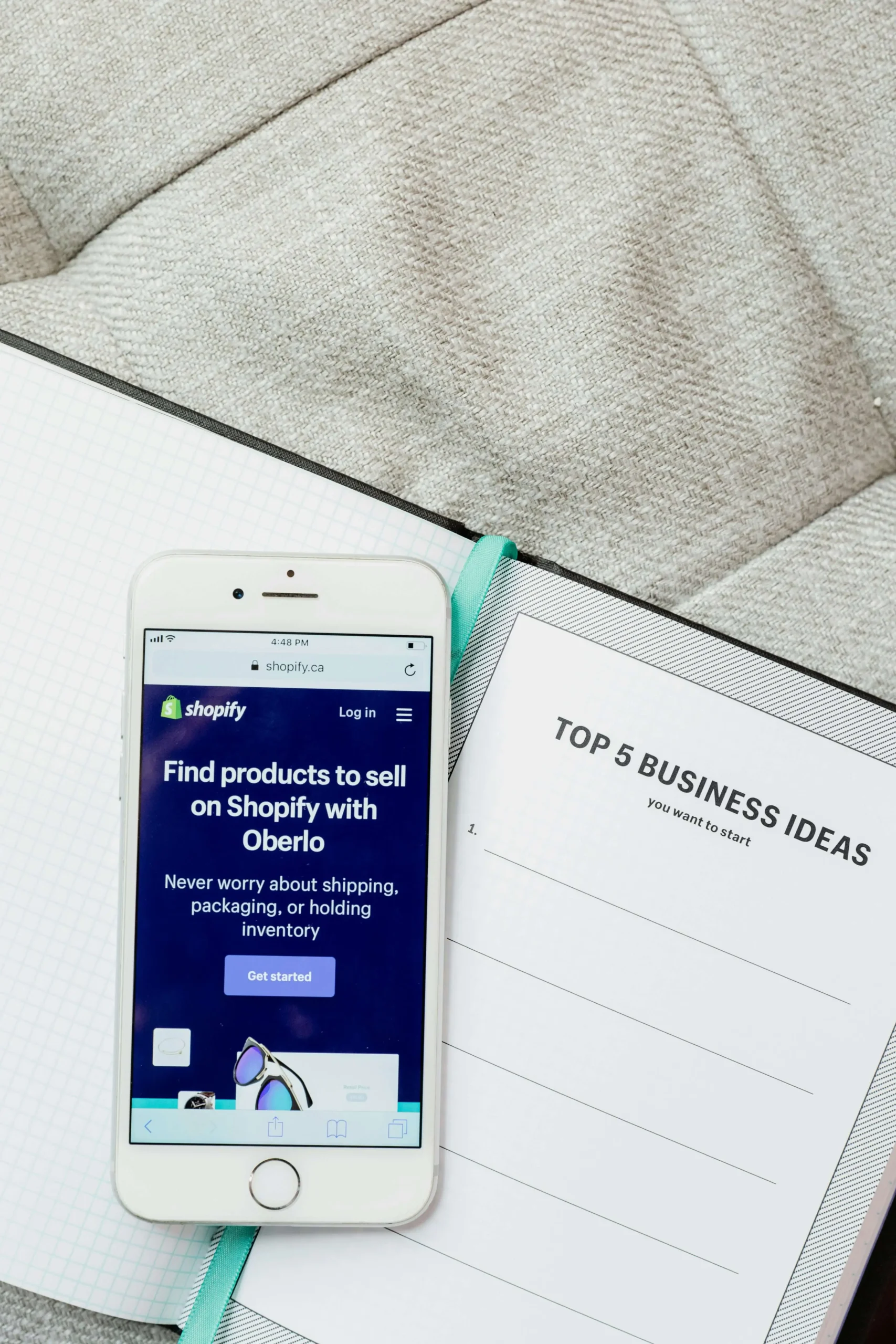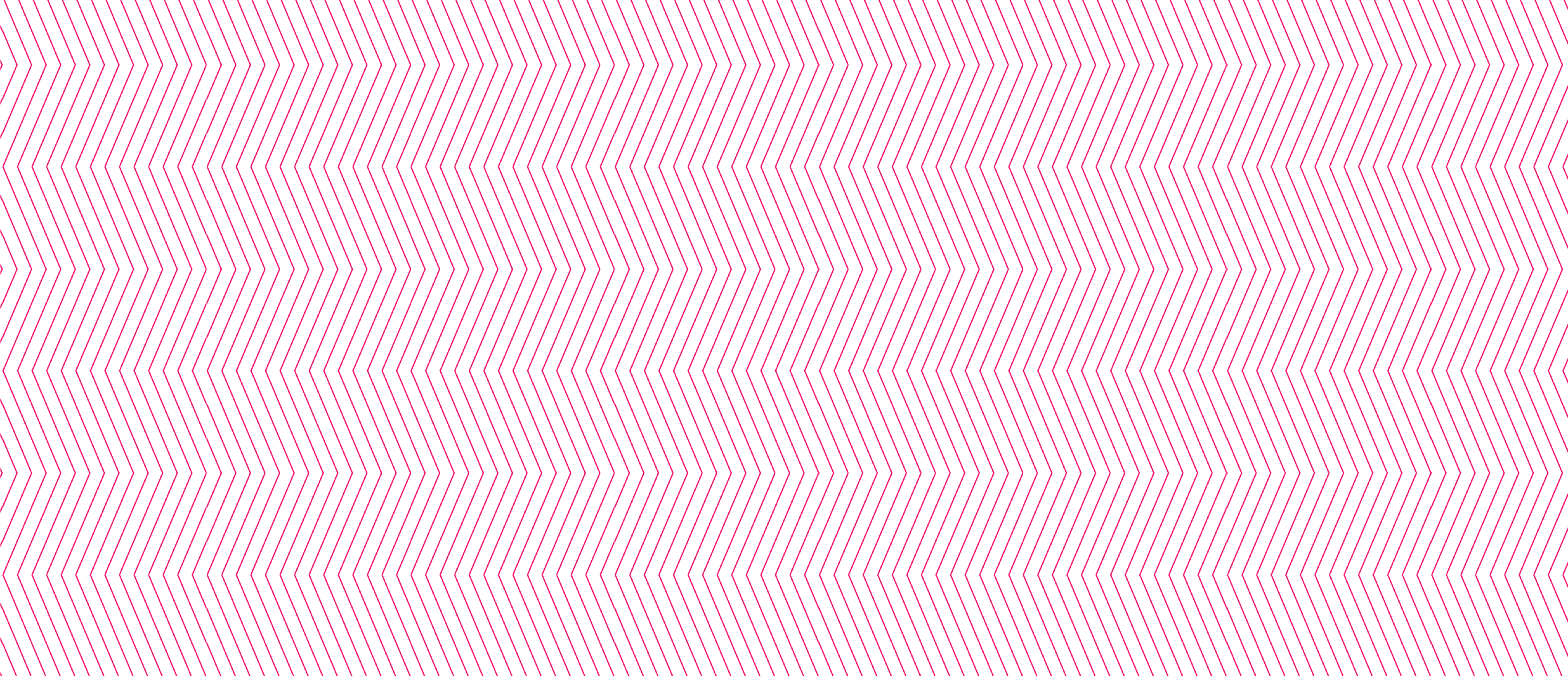
**This is a guest post about Psychology Based Web Design provided by Nick Brown. He is from the organization mediagurus.org.au.**
Despite knowing how to create a beautiful work of art, designers usually don’t consider the psychological principles explaining their consumers’ awe. These principles are usually considered to be far too complicated and time-consuming to yield results. However, they are just normal guidelines that follow a pattern of average human experience, you could even consider it common sense.
In today’s age of technology companies have dedicated entire strategies and sectors that focus on the production and implementation of their marketing. By having your web design on point, you are drastically increasing the chances of getting potential customers. Keep in mind that visuals are only here to attract customers, your products should convince them to actually spend their money.
The points I will mention in this article will cover some of the dos and don’ts when it comes down to web design.
Emphasize One Point
The human sight is focused on a specific point, the point of interest and in your case, your product. Make its presentation reflect the emotions you want to spark in the minds of your customers. You can emphasize this easily by picking one of many already existing templates that support this kind of presentation.
Remember that the amount of attention people will give to your website is very limited. Your message must be quick and concise simply on the basis that you do not have enough time to do anything more time-consuming.
Find The Perfect Blend
Opinions about your website will be formed by your visitors in a matter of seconds. This isn’t voluntary but rather a reaction by our subconscious to the stimuli your website is presenting to it. Even though the factors which are involved in a positive instant reaction to a content site are known to exist – what triggers them is unknown.
What you can take from this is that your message has to be delivered quickly and with style. Thinking about what your message is going to say is equally important to how that same message is presented, arguably even more. If you can afford it – try organizing surveys or some other kind of data gathering so you can decide with a bit more certainty what the desired move to make is.
Emotional Provocation When Using Psychology Based Web Design
When read it sounds a bit underhanded, but actually, it’s just an everyday thing. We’re all susceptible to certain triggers in our daily lives. By aiming for a negative emotion such as envy – you will have drastically better results in terms of attention than going for humility on the other side of the spectrum.
Of course, only specific businesses that engage in work related to negative emotions would need such triggers. You will most likely want your clients to feel happy, so make sure your design is checking those marks. This can be done with the use of bright colors, incorporating cute imagery supported by the appealing narrative.
Be Wary 0f Your Image Choice
According to Secret Hideout and their experts in this field, every web design has to have some sort of visual presentation of its goods or services. Putting a straightforward image for your product may seem too blunt for your taste – you can always choose to use an abstract image to convey your message.
This can prove to be a double-edged sword. If your abstract image is represented in a way that people are completely missing the point of the presentation, you have clearly failed. In some cases, businesses have unintentionally created memes simply because they were executing poorly thought out ideas.
Keep It Clean
A trend has swept the world of web design. White space isn’t necessarily a new thing when it comes down to this line of work, but it’s definitely a trend that created a movement in this industry. Web designers incorporating white space in their sites saw increases in all metrics. Everyone loved it.
However, there is a certain science to it, it’s not just about having empty space with a picture of your product. You don’t want your website to seem like empty space, but on the other hand, you want to avoid any kind of cluttering and potential misinformation. Try figuring out what your consumers are searching for the most when typing in your URL.
Balancing Colors

The relation between human psychology and colors is a large topic – deserving an article of its own. If we break it down to its most basic component we learn that it’s all a balance of taste with matching your desired message.
If you want to use saturated bright colors make sure your message has a spark to it. If you want to be classy try being subtle with your color scheme – always reflect the culture of the niche you are trying to attract. Don’t shy away from hiring a freelancer or a professional designer for giving you the right solution when it comes to these things.
Remain User-Friendly
Researchers have shown that people who are frustrated with certain websites are mostly so due to the website not being easy to use. Your visitors are frustrated by not being able to use your website properly, you’re already creating a negative mindset which will carry on forward with them.
Ensure that your design is simple and approachable to anyone regardless of their tech-savviness. Carefully design a flow chart of your users’ experience when navigating through your site and make sure that every step which is implemented is absolutely necessary. Remove any redundancy in the design and stick to the essentials.
With all these points in mind, it’s very important to consider the opposite side of this coin. There is no optimal solution, there’s no perfect design. Sure there are steps that can reduce the scope of the decision-making necessary for a decent plan – however, without forbearing and well-targeted testing you will never evolve, but rather stagnate. But, always keep in mind that psychology based web design can help performance, SEO rankings plus more when used.
Our Guest Blogger
 “Nick is a blogger and a marketing expert currently engaged on projects for Media Gurus, an Australian business, and marketing resource. He is an aspiring street artist and does Audio/Video editing as a hobby.”
“Nick is a blogger and a marketing expert currently engaged on projects for Media Gurus, an Australian business, and marketing resource. He is an aspiring street artist and does Audio/Video editing as a hobby.”

